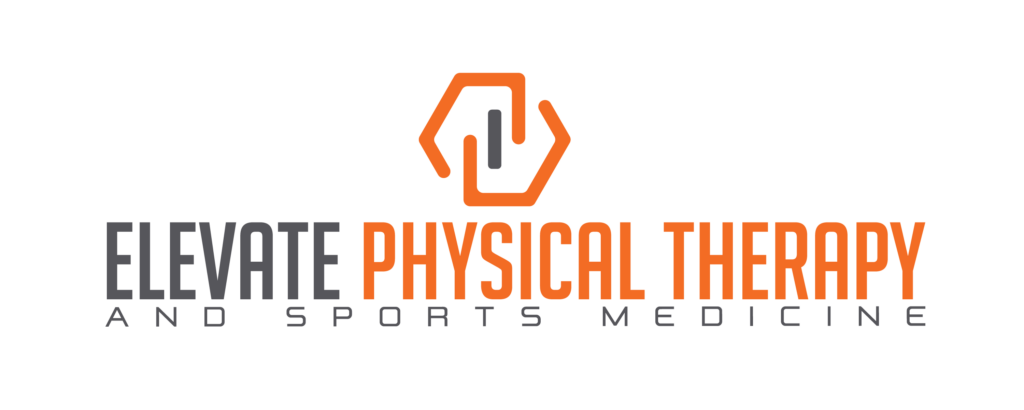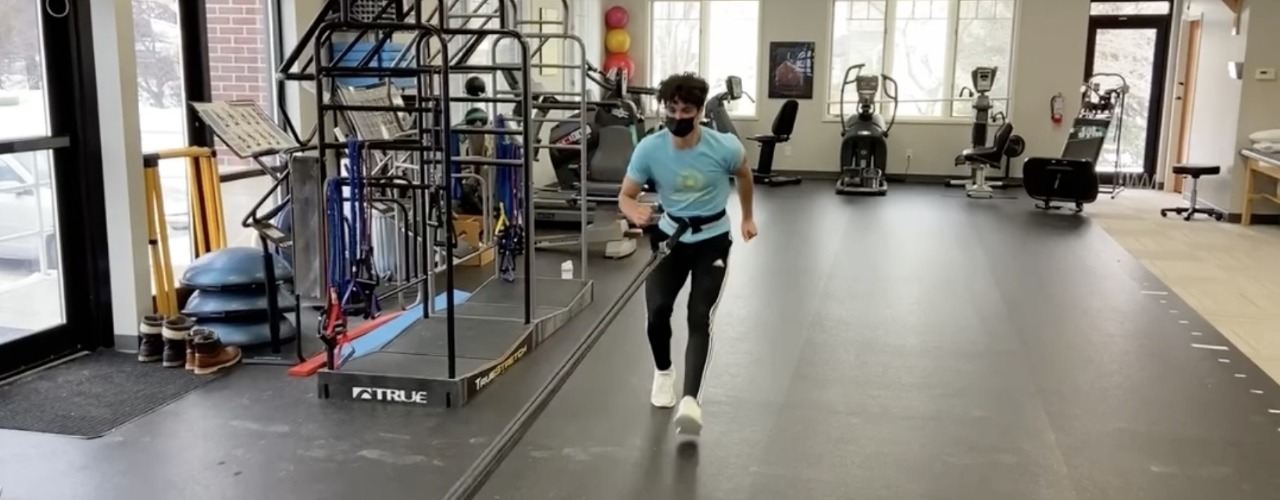Sports Injuries
You don’t have to be a pro to be an athlete. If you run, you’re a runner. If you swim, you’re a swimmer. Whether you train to compete or simply train to be strong, there is nothing more devastating than an injury. Fortunately, our Johnston & Ankeny physical therapy team understands your unique needs and can help you recover from your sports injury as soon as possible. Contact Elevate Physical Therapy & Sports Medicine to find out how.
What is a sports injury?
“Sports injury” is an all-encompassing term for an injury that happens during athletic activity. You don’t have to be a professional or even a competitive athlete to develop a sports injury. Lifting heavy weights, running on ill-fitting shoes for too long, swinging a racket or golf club for years on end, or rolling your ankle on a soccer field can all lead to injury. The key to proper recovery is receiving appropriate treatment as soon as possible. The type and duration of your treatment will vary with how severe the injury is, your current health, and whether surgical intervention is required.
Types of sports injuries
Injuries can vary greatly depending on the sport, location of the injury, muscle or structure involved, the severity of the injury, demographics of the athlete, and recurrence of the injury.
- Sprain – A sprain happens when the ligaments that attach one bone to another are stretched beyond their capacity. While a mild ankle sprain tends to heal well on its own, once you have stretched those ligaments, you are more likely to re-injure your ankle a second or third time. Along with the ankle, sprains can occur at the knee, shoulder, and hand.
- Strain or “Pulled Muscle” – Similar to a sprain, but a strain involves a tear in the muscle belly or tendon resulting in abnormal contraction of the muscle. Without proper rehabilitation, chances of straining the same location increase. Depending on the sport you are playing, certain muscles are more susceptible to injuries vs others.
- Shin splints – Pain in your shin bones (tibia) is also known as “medial tibial stress syndrome” or shin splints. Usually caused by stress on your tibia, a few muscles attaching to the tibia, and the connective tissue. Wearing proper footwear, warming up before exercise, utilizing proper exercise progression, and strengthening the leg muscles can often reduce the likelihood of this type of sports injury.
- Knee injuries – Typically ACL or meniscus injuries are the first to come to mind with knee injuries but there are numerous ligaments and muscles surrounding this vital joint. Injuries can occur due to chronic overuse, weakness, or direct impact. The knee joint is crucial to allow proper walking, running, jumping, squats, and various everyday tasks.
- Shoulder injuries – The shoulder may be one of the most complex joints due to its significant mobility, numerous muscle and ligament attachments, and the fact it is actually 4 joints. The shoulder is comprised of the SC, AC, GH, and ST joints and all are susceptible to overuse injuries, improper mechanics, and direct injuries from falls or other external forces. The inability to lift the arm, carry items, reach behind you or weakness on one side vs the other indicates some dysfunction that can be treated with Physical Therapy.
- Hip injuries – Just like the shoulder, the hip is also considered one of the more complex joints. It has a plethora of thick ligaments and muscles and plays a crucial role in everyday tasks such as walking, running, and squatting. Injuries can occur to the joint itself, muscles, ligaments, or cartilage (labrum). Having sufficient strength, mobility, coordination will reduce the likelihood of having an injury.
How physical therapy helps recovery after a sports injury
Think of a physical therapist as a movement specialist. These highly trained medical professionals can look at how you are moving your body and prescribe manual therapy, strengthening exercises, and mobility exercises to help recover after or even reduce a sports injury. First, our Johnston & Ankeny physical therapist will take a detailed medical history including any prior surgeries, your current activity level, and any conditions that may have contributed to your injury. Next, they will do a thorough examination that will assess the mobility of the joints, strength of different muscles in various positions, hands-on work to find structures at fault, and other various movement patterns. Once our Johnston & Ankeny physical therapist has developed a treatment plan that is right for your injury, your physical fitness, your lifestyle, and your ability level, you will begin physical therapy.
Your treatment plan may include manual therapy to improve muscular and joint mobility, reduce scar tissue and increase range of motion, strengthening exercises to enhance not only the area that was injured but also the areas around your injury, and pain management techniques. While physical therapy often begins and ends in our office, you will be given exercises, stretches to do at home to enhance your recovery. Curious about whether or not physical therapy is right for your sports injury? Contact us at Johnston or Ankeny centers today to speak with our Elevate Physical Therapy & Sports Medicine physical therapists and start on the road to recovery as soon as possible.





